Home>diy>Planning & Engineering>What Is Zoning In Retail
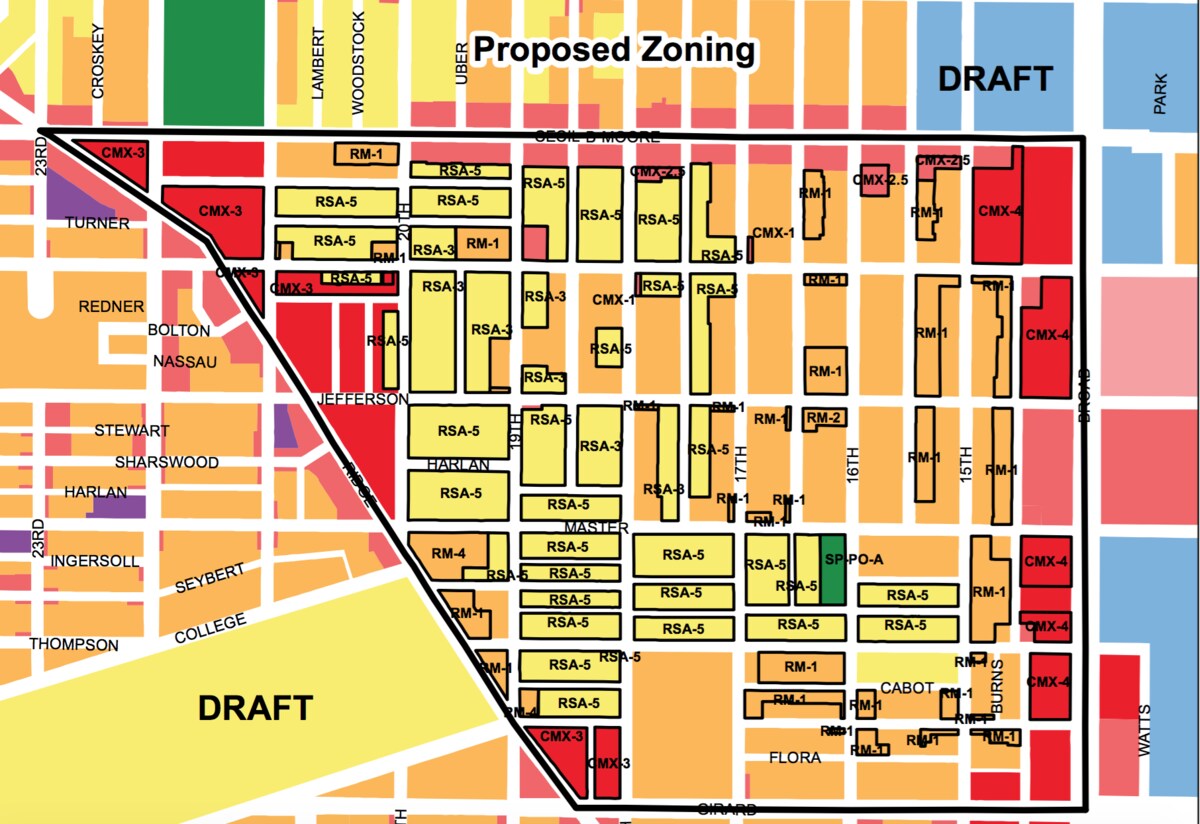

Planning & Engineering
What Is Zoning In Retail
Modified: December 7, 2023
Discover the importance of zoning in retail and how it relates to planning and engineering. Gain insights into how effective zoning strategies can optimize your retail space.
(Many of the links in this article redirect to a specific reviewed product. Your purchase of these products through affiliate links helps to generate commission for Storables.com, at no extra cost. Learn more)
Introduction
Zoning is a crucial aspect of retail planning and design. It involves the organized division of retail spaces into different zones based on specific criteria to optimize the layout and flow of the store. By strategically zoning retail spaces, retailers can create a more pleasant and efficient shopping experience for customers while maximizing sales potential.
Effective zoning in retail requires a deep understanding of customer behavior, store layout, and product placement. It involves careful planning and engineering to ensure that the right products are placed in the right areas, making it easier for customers to navigate the store and find what they are looking for.
In this article, we will explore the concept of zoning in retail, its purpose, benefits, strategies, factors to consider, common challenges, as well as examples of successful retail zoning.
Key Takeaways:
- Zoning in retail optimizes space, enhances customer experience, and drives sales by strategically organizing store layouts based on customer behavior, product demand, and operational efficiency.
- Successful retail zoning examples from Apple, Sephora, IKEA, Whole Foods Market, Nike, Target, and H&M demonstrate the power of well-implemented zoning strategies in enhancing the customer journey and driving sales.
Definition of Zoning in Retail
Zoning in retail refers to the practice of dividing a retail space into different areas or zones, each with its own specific purpose and characteristics. These zones are strategically designed to optimize the layout and organization of the store, making it easier for customers to navigate, find products, and make purchases.
Each zone is typically defined by its function and the types of products or services it offers. For example, a retail store may have separate zones for clothing, accessories, electronics, and home goods. These zones can be further subdivided based on product categories or customer segments to create a more targeted shopping experience.
Furthermore, zoning in retail can also involve the allocation of space for specific activities such as checkout counters, fitting rooms, promotional displays, and customer service areas. This helps create a well-structured and efficient store layout that enhances the overall customer experience.
It is important to note that zoning in retail goes beyond simply arranging products in different sections. It also encompasses other elements such as aisle widths, signage, lighting, and even the placement of promotional materials. All of these factors work together to create a cohesive and engaging shopping environment.
Zoning in retail is a dynamic process that requires regular evaluation and adjustment based on changing customer preferences, seasonal trends, and sales performance. By keeping an eye on market trends and analyzing customer behavior, retailers can continuously refine their zoning strategies to optimize sales and improve customer satisfaction.
Purpose of Zoning in Retail
Zoning in retail serves several important purposes that contribute to the success of a retail store. Here are some key purposes of retail zoning:
1. Improved Customer Experience: One of the primary purposes of zoning in retail is to enhance the overall customer experience. By organizing the store into different zones with clear signage and logical product placement, customers can easily navigate the space, find what they need, and enjoy a seamless shopping experience. Zoning helps reduce confusion and frustration, making customers more likely to return in the future.
2. Increased Sales: Zoning in retail plays a crucial role in increasing sales. By strategically placing related products together, retailers can encourage cross-selling and impulse purchases. For example, placing accessories near clothing racks or placing complementary products side by side can tempt customers to add more items to their shopping baskets. Zoning also allows retailers to prominently display high-margin or popular products, attracting customers’ attention and driving sales.
3. Optimization of Space: Efficient use of space is another purpose of retail zoning. By dividing the store into different zones, retailers can maximize the use of available space and ensure every corner of the store is utilized effectively. This can help increase product visibility, reduce clutter, and create a visually appealing environment that encourages exploration and browsing.
4. Targeted Merchandising: Zoning in retail enables targeted merchandising efforts by creating specific areas for different customer segments or product categories. For example, a children’s section can be positioned in an easily accessible and visible zone to attract families, while a luxury brand section can be located in a more exclusive and high-end area of the store. This customization allows retailers to meet the unique needs and preferences of their target customers, leading to increased sales and customer satisfaction.
5. Operational Efficiency: Zoning in retail improves operational efficiency by optimizing workflow and reducing congestion. By separating certain areas, such as fitting rooms or checkout counters, from the main shopping areas, retailers can streamline customer flow and prevent bottlenecks. This leads to shorter wait times, smoother transactions, and a more efficient overall shopping experience.
In summary, the purpose of zoning in retail is to enhance the customer experience, increase sales, optimize space, enable targeted merchandising, and improve operational efficiency. By carefully designing and implementing zoning strategies, retailers can create an inviting and organized shopping environment that ultimately drives customer satisfaction and business success.
Benefits of Zoning in Retail
Zoning in retail offers numerous benefits that contribute to the success of a retail store. Here are some key benefits:
1. Enhanced Customer Experience: Zoning helps create a more enjoyable and convenient shopping experience for customers. By organizing the store into different zones, customers can easily locate the products they are looking for, leading to improved satisfaction. Clear signage, logical product placement, and a well-structured layout reduce confusion and frustration, making customers more likely to have a positive perception of the store and return in the future.
2. Increased Sales: Zoning in retail has a direct impact on sales performance. By strategically placing related products together, retailers can encourage cross-selling and impulse purchases. By creating attractive displays and promotional areas, retailers can draw attention to particular products and increase their sales. Zoning also allows retailers to highlight high-margin items or new arrivals, boosting their visibility and sales potential.
3. Efficient Space Utilization: Zoning helps retailers make the most of their available space. By carefully dividing the store into different zones, retailers can optimize the use of square footage and ensure every area contributes to sales potential. This avoids wasted space and allows for the inclusion of a wider range of merchandise. Efficient space utilization also creates a visually appealing store layout, making it more inviting and enticing to customers.
4. Improved Productivity: Zoning in retail promotes a more productive work environment. By separating areas such as checkout counters, fitting rooms, and storage spaces from the main shopping areas, retailers can enhance workflow and minimize congestion. This enables staff to serve customers more efficiently, reduces wait times, and ensures a smoother shopping experience for everyone. With a more streamlined operation, retailers can focus on providing exceptional customer service and improving sales performance.
5. Targeted Merchandising: Zoning allows retailers to tailor their merchandising strategies to specific customer segments or product categories. By creating dedicated zones for different target markets, retailers can better showcase products that cater to the preferences and needs of those customers. This targeted approach increases the likelihood of making relevant sales and builds loyalty among specific customer groups.
6. Brand Identity and Differentiation: Zoning in retail also helps reinforce a store’s brand identity and differentiate it from competitors. By carefully curating the product placement, store layout, and design elements within each zone, retailers can create a distinct ambiance and atmosphere. This unique experience sets the store apart and leaves a lasting impression on customers, leading to stronger brand recognition and customer loyalty.
Overall, zoning in retail offers a range of benefits, including an enhanced customer experience, increased sales, efficient space utilization, improved productivity, targeted merchandising, and the reinforcement of brand identity. By implementing effective zoning strategies, retailers can create a welcoming and organized shopping environment that delights customers and drives business success.
Zoning Strategies in Retail
Effective zoning strategies are essential for maximizing the potential of a retail store. Here are several zoning strategies commonly employed by retailers:
1. Product-Based Zoning: This strategy involves organizing store zones based on product categories. Each zone is dedicated to a specific type of product, such as clothing, accessories, electronics, or home goods. Within each zone, products can be further grouped by subcategories or brands. Product-based zoning helps customers easily navigate the store and find the items they are looking for, leading to a more streamlined shopping experience.
2. Customer-Based Zoning: With this strategy, zones are created based on target customer segments. Retailers may create separate areas for men, women, children, or specific demographics such as millennials or senior citizens. Each zone is designed with the particular needs and preferences of the target customers in mind. Customer-based zoning allows for a more personalized shopping experience, making customers feel understood and catered to.
3. Impulse Purchase Zones: Impulse purchase zones are strategically placed throughout the store to encourage impulse buying. These zones typically contain small and inexpensive items that are displayed near checkout counters or high-traffic areas. Retailers use attractive displays, limited-time offers, or promotions to entice customers into making spontaneous purchases.
4. High-Demand Area Placement: This strategy involves placing high-demand or popular items in prominent locations within the store. By positioning these items near the entrance or in high-traffic areas, retailers can capture customers’ attention and increase the likelihood of making sales. High-demand area placement helps maximize the visibility and accessibility of best-selling products, enhancing their sales potential.
5. Cross-Selling Zones: Cross-selling zones are created to encourage customers to purchase complementary or related products together. For example, a clothing zone can feature adjacent areas dedicated to accessories or shoes. By placing these items in close proximity and using attractive displays or signage, retailers can encourage customers to purchase multiple products, thereby increasing the average transaction value.
6. Destination Zones: Destination zones are designed to create specific experiences or cater to particular customer interests. For example, a store may create a cozy reading corner with comfortable seating and book displays to attract book lovers. Destination zones enhance the in-store experience and provide customers with a compelling reason to visit the store, thereby increasing footfall and sales.
7. Seasonal or Themed Zones: Retailers often create seasonal or themed zones to align with special occasions or trends. These zones feature products that are relevant to a particular season, holiday, or popular theme. By refreshing the store’s zoning based on current trends and seasonal demands, retailers can create a sense of excitement and urgency, driving customer interest and sales.
It’s important for retailers to regularly evaluate and adjust their zoning strategies based on changing market conditions, customer preferences, and sales performance. An effective zoning strategy is a dynamic and flexible approach that adapts to the evolving needs and demands of both the retailer and the customers.
When considering zoning in retail, it’s important to strategically place high-margin items at eye level and near the entrance to maximize sales and customer engagement.
Factors to Consider in Zoning Retail Spaces
When planning and implementing zoning in retail spaces, several factors need to be taken into consideration. These factors play a crucial role in determining the success and effectiveness of the zoning strategy. Here are key factors that retailers should consider:
1. Customer Behavior and Flow: Understanding customer behavior and flow patterns is essential in zoning retail spaces. Retailers should consider how customers navigate the store, where they spend the most time, and how they move from one area to another. By analyzing this data, retailers can strategically position popular or high-demand products in areas with heavy foot traffic, ensuring maximum visibility and increased sales.
2. Product Demand and Categorization: Careful consideration should be given to the demand and categorization of products. Retailers should identify which products are most likely to generate sales and organize them in prime locations. Additionally, grouping related products together can facilitate cross-selling and provide a cohesive shopping experience to customers.
3. Store Layout and Space Constraints: The physical layout of the store and any space constraints must be taken into account when zoning retail spaces. Retailers should optimize the available space by strategically positioning different zones, ensuring aisles are wide enough for comfortable browsing, and avoiding clutter. Efficient use of space allows retailers to create a visually appealing and customer-friendly environment.
4. Store Branding and Atmosphere: Zoning should align with the store’s branding and desired atmosphere. The design, decor, and ambiance of each zone should reflect the overall brand image and create a cohesive experience for customers. For example, a high-end fashion retailer may design zones with sleek and sophisticated elements, while a family-friendly store may incorporate bright colors and playful displays.
5. Visual Merchandising: Zoning should consider the principles of visual merchandising to create attractive displays that capture customers’ attention. Retailers should carefully curate and arrange products within each zone, ensuring that they are presented in an appealing and eye-catching manner. Effective visual merchandising entices customers to explore and make purchases.
6. Signage and Wayfinding: Clear signage and wayfinding elements are vital in guiding customers through the retail space. Each zone should have visible and informative signage to help customers easily identify the different areas and locate specific products or services. This reduces confusion and enhances the overall customer experience.
7. Seasonal and Promotional Considerations: Retailers should consider seasonal and promotional events when zoning retail spaces. Adding seasonal zones or highlighting ongoing promotions can create a sense of excitement and urgency, encouraging customers to make purchases. These considerations should be regularly reviewed and updated to reflect current trends and market demands.
8. Operational Efficiency: Zoning should also optimize operational efficiency by ensuring that essential areas like checkout counters, fitting rooms, and storage areas are conveniently located and easily accessible. This helps streamline the workflow, reduce congestion, and enhance the overall shopping experience for both customers and staff.
By carefully considering these factors, retailers can develop effective zoning strategies that enhance the customer experience, drive sales, optimize space utilization, and align with the overall brand identity and operational needs of the store.
Common Zoning Challenges in Retail
While zoning in retail offers numerous benefits, there are also common challenges that retailers may face when implementing zoning strategies. Being aware of these challenges can help retailers address them proactively and ensure a successful zoning implementation. Here are some common zoning challenges in retail:
1. Space Limitations: Limited floor space is a common challenge in retail environments, especially for smaller stores or stores located in high-rent areas. Zoning within a confined space can be challenging, as retailers need to optimize the layout to accommodate various zones while ensuring sufficient aisle space for customers. Careful space planning and maximizing vertical displays can help overcome this challenge.
2. Balancing Product Assortment: Retailers often offer a wide range of products, and finding the right balance and allocation of space for each product category can be challenging. It requires strategic decision-making to determine which categories or products require more prominent zoning versus those that can be managed with less space. Retailers must carefully analyze data on product performance and customer preferences to strike the right balance.
3. Seasonal Changes and Trends: Retail environments are influenced by seasonal changes and evolving trends. Zoning must adapt to shift in demand for products based on seasons, holidays, or emerging trends. This requires frequent updates and adjustments to ensure that zoning remains relevant and effectively matches customer expectations throughout the year.
4. Flexibility and Adaptability: Retailers need to be agile and adaptable in their zoning strategies to stay responsive to changing market dynamics. The ability to quickly modify zoning layouts, product placements, and promotional displays is crucial, especially when introducing new products or responding to shifts in consumer behavior. By monitoring market trends and customer feedback, retailers can make informed decisions and keep zoning strategies aligned with evolving preferences.
5. Maintaining Consistency: Consistency in zoning across multiple store locations can be challenging, especially for retailers with a large footprint. Ensuring that the same zoning principles and standards are maintained across different stores is essential for maintaining a consistent brand image and customer experience. It requires effective communication, staff training, and regular audits to ensure zoning integrity and adherence to established guidelines.
6. Customer Flow Optimization: Designing zoning to optimize customer flow and minimize bottlenecks can be challenging, especially during peak shopping periods. Retailers need to carefully consider aisle widths, entrance and exit placement, and the positioning of high-demand or popular products to maintain a smooth and efficient flow of customers throughout the store. Regular monitoring and adjustment based on customer behavior and feedback can help address flow-related challenges.
7. Technology Integration: Integrating technology into the zoning strategy, such as digital signage or smart shelving, can present technical challenges. Retailers need to ensure that technology aligns with the overall zoning goals and enhances the customer experience rather than causing confusion or distractions. It may require investment in infrastructure and staff training to effectively implement and maintain technology-driven zoning solutions.
By anticipating and addressing these common zoning challenges, retailers can enhance the effectiveness of their zoning strategies and create a seamless and engaging shopping experience for their customers.
Examples of Successful Retail Zoning
Successful retail zoning is a key factor in creating an exceptional customer experience and driving sales. Here are a few examples of retailers that have implemented effective zoning strategies:
1. Apple: Apple stores are renowned for their meticulously planned zoning. The stores are divided into distinct zones, each dedicated to a specific category such as iPhones, MacBooks, or accessories. These zones are designed with minimalist aesthetics, clean lines, and ample space for customers to browse and interact with the products. The strategic placement of each product category creates a seamless and immersive shopping experience while ensuring easy navigation and product discovery.
2. Sephora: Sephora utilizes a combination of product-based and customer-based zoning strategies. The store is divided into zones based on product categories like skincare, makeup, fragrance, and haircare. Within each zone, products are further organized by brand or specific needs. Sephora also incorporates customer-based zones, such as a dedicated area for beauty consultations and a section for interactive product testing. This targeted zoning approach provides customers with a personalized and engaging shopping experience.
3. IKEA: IKEA is known for its well-defined and experiential zoning strategy. The store layout is carefully designed to guide customers through various lifestyle-themed zones, such as living rooms, bedrooms, kitchens, and home office spaces. Each zone is fully furnished, allowing customers to visualize how the products would fit into their own homes. IKEA also incorporates self-service areas, playrooms for children, and a restaurant to enhance the overall shopping experience and encourage extended stays in the store.
4. Whole Foods Market: Whole Foods Market implements zoning strategies that cater to customers’ specific needs and preferences. The store is divided into zones like organic produce, bakery, meat and seafood, and prepared foods. Whole Foods Market also incorporates areas for local and specialty products, creating a sense of community and offering unique offerings. Clear signage and well-defined sections within each zone help customers easily navigate the store and find the specific products they are looking for.
5. Nike: Nike utilizes a combination of product-based zoning and experiential zones to engage customers. The store is divided into zones dedicated to different product categories like running, training, and basketball. Within each zone, Nike incorporates interactive displays, digital screens, and athlete-inspired sections to create an immersive shopping experience. The layout encourages customers to explore the different zones, try on products, and engage with the brand’s story and innovations.
6. Target: Target employs zoning strategies that focus on convenience and ease of shopping. The store is segmented into different departments like apparel, household essentials, beauty, and electronics. Each department is organized into smaller zones or “shops” that cater to specific customer needs or interests. For example, the beauty section includes dedicated areas for skincare, cosmetics, and hair care. The well-defined zones make it easy for customers to navigate and shop for their desired products.
7. H&M: H&M adopts a zoning strategy that integrates fashion trends and accessibility. The store is divided into separate zones for men’s, women’s, and children’s clothing, with each zone further categorized by apparel type. H&M also incorporates strategic displays, mannequins, and signage to highlight key fashion trends and inspire customers. The zoning strategy emphasizes a seamless and visually appealing shopping experience, encouraging customers to explore different zones and discover the latest styles.
These are just a few examples of successful zoning in retail. Each retailer has carefully designed and implemented zoning strategies that align with their brand identity, customer needs, and desired shopping experience. By incorporating effective zoning, these retailers have created inviting and organized spaces that enhance the customer journey and drive sales.
Conclusion
Zoning in retail is a crucial aspect of planning and designing a successful retail space. By strategically dividing the store into different zones based on product categories, customer preferences, and operational needs, retailers can create an engaging and efficient shopping experience. Effective zoning enhances the customer journey, increases sales, optimizes space utilization, and reinforces the store’s brand identity.
Successful zoning in retail requires careful consideration of various factors. Retailers must analyze customer behavior, product demand, store layout, and space constraints to develop zoning strategies that align with their goals and objectives. By implementing product-based or customer-based zoning, retailers can tailor the shopping experience to match the needs and preferences of their target customers. They can also utilize impulse purchase zones, high-demand area placement, and cross-selling zones to drive sales and maximize the customer’s average transaction value.
While there are challenges to overcome, such as space limitations, seasonal changes, and maintaining consistency, retailers can proactively address these challenges by continually evaluating and adjusting their zoning strategies. The integration of technology, clear signage, and an emphasis on operational efficiency also contribute to the success of retail zoning.
Examples of successful zoning in retail abound, with retailers like Apple, Sephora, IKEA, Whole Foods Market, Nike, Target, and H&M employing effective zoning strategies that enhance the customer experience and drive sales. Their careful consideration of product placement, customer flow, and experiential elements demonstrates the power of well-implemented zoning strategies.
In conclusion, zoning in retail is a dynamic and strategic practice that optimizes the layout and organization of a retail space. By understanding customer behavior, considering product demand, and addressing the challenges that come with zoning, retailers can create inviting and efficient environments that delight customers and contribute to their business success.
Frequently Asked Questions about What Is Zoning In Retail
Was this page helpful?
At Storables.com, we guarantee accurate and reliable information. Our content, validated by Expert Board Contributors, is crafted following stringent Editorial Policies. We're committed to providing you with well-researched, expert-backed insights for all your informational needs.


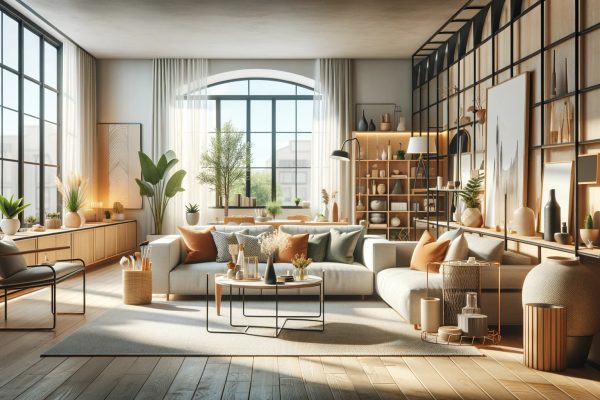
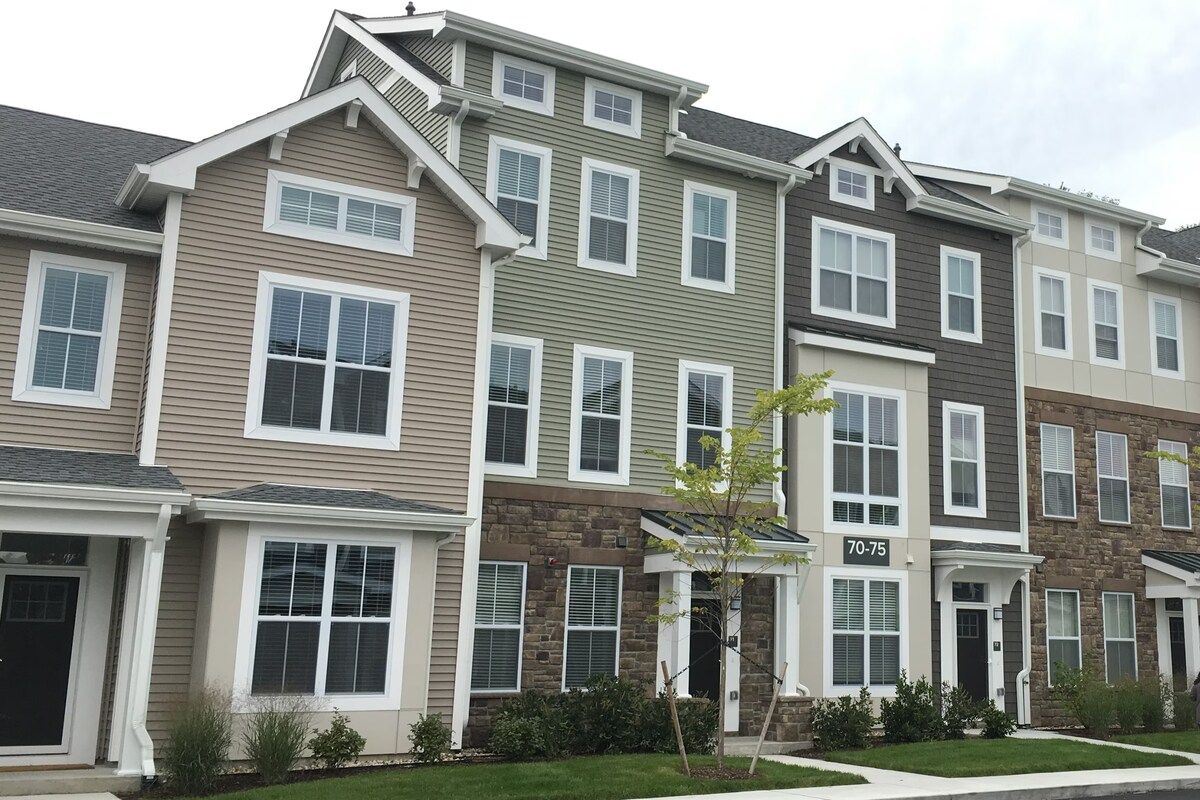
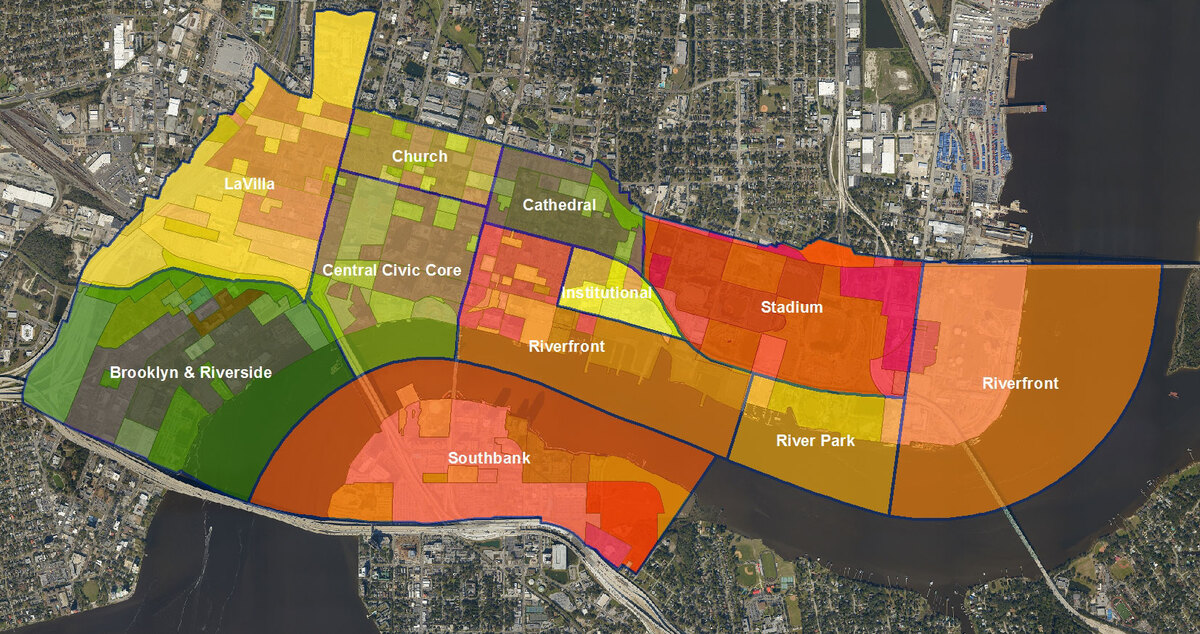

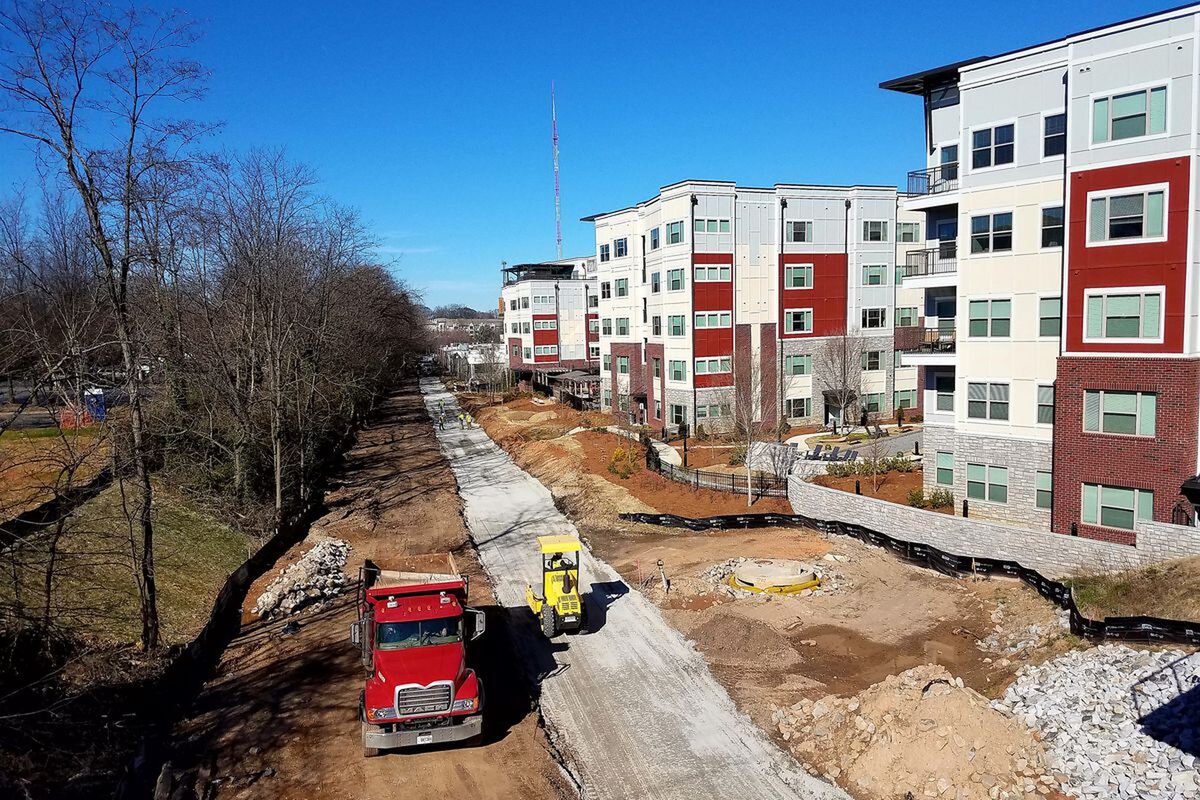


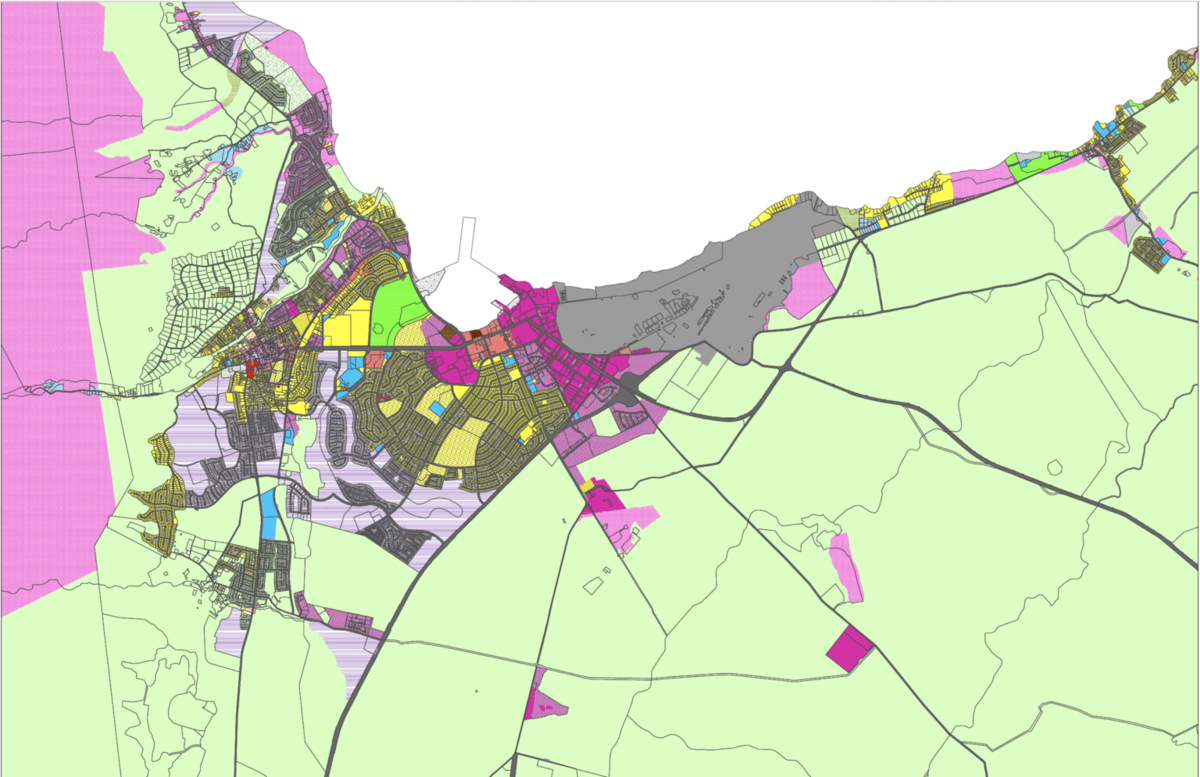

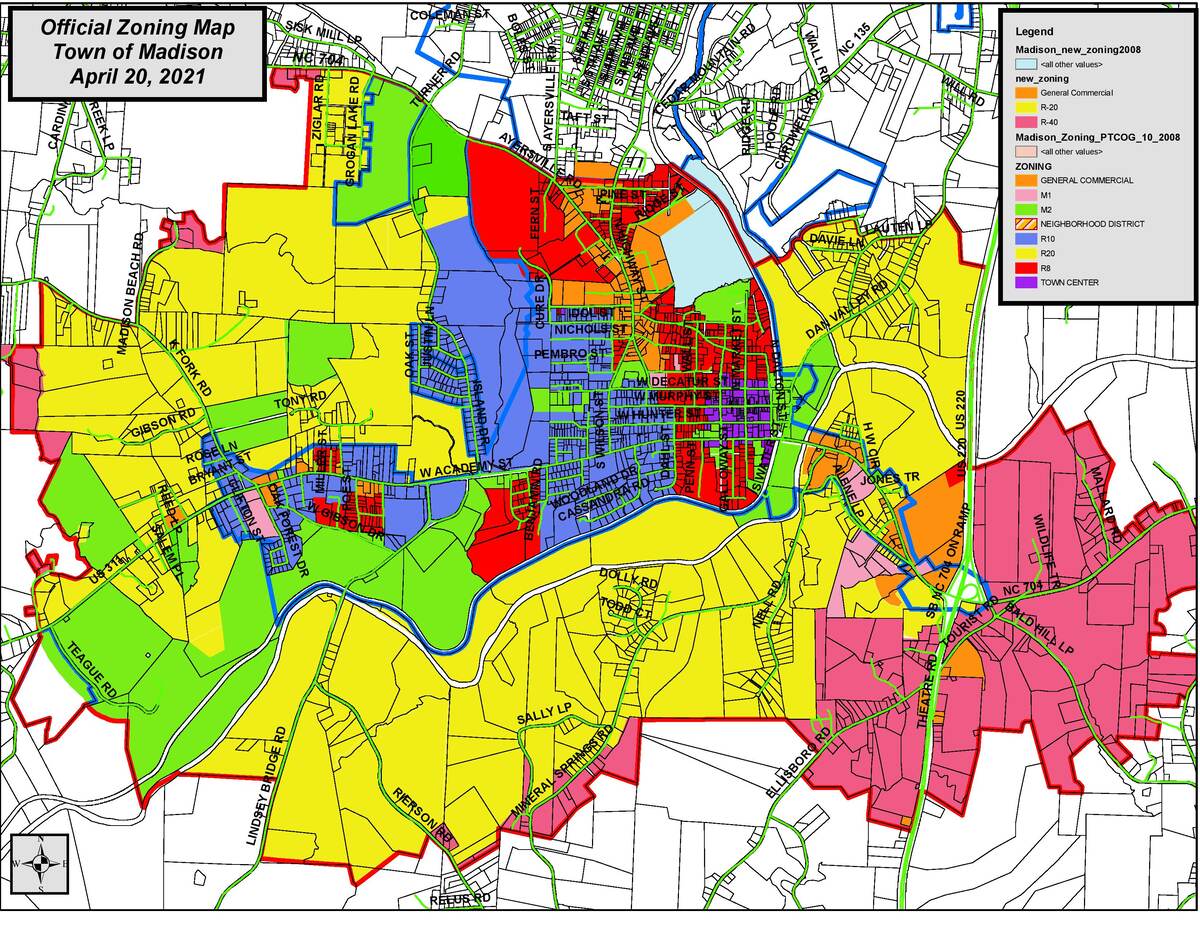

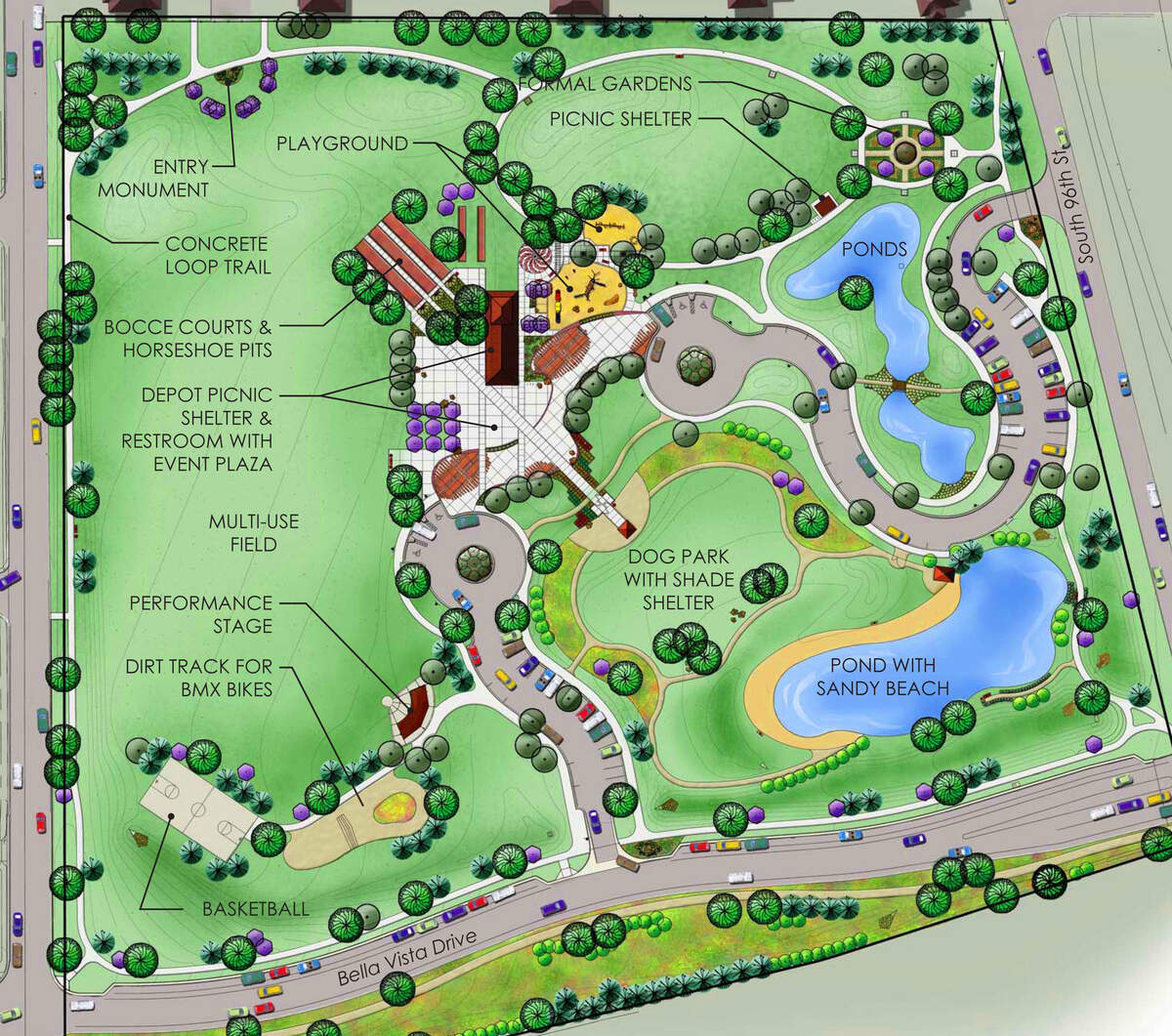

0 thoughts on “What Is Zoning In Retail”